Why You (Probably) Don’t Need an Umbrella on the PCT
Should you bring an umbrella on your Pacific Crest Trail thru-hike? A question many of you have probably asked yourselves (and that others of you have been asking me). The gear you bring on a thru-hike is something hikers love to research, stress over, and talk about, so it’s worth examining whether an umbrella deserves to take up space in your pack.

Why Hikers Use Umbrellas
First, in case the idea of bringing an umbrella on your hike is novel, allow me to explain where this idea comes from. Umbrellas, contrary to their typical everyday use in the United States, can also be used to provide shade from the sun. Fascinating, I know.
The southern portion of the Pacific Crest Trail is better known as “The Desert” and encompasses the stretch from the US-Mexico Border through Kennedy Meadows (the unofficial gateway to the Sierra Nevada). Temperatures in this section of the trail can be high and water sources can be scarce – hikers have been known to use umbrellas during this section to shield themselves from the sun’s deadly, cancer-giving rays.
But, I’m here to tell you that it’s probably unnecessary.


The Pacific Crest Trail Desert
Yes, Southern California has a lot of desert, but this is not the Sahara. You will find no sand dunes and no mirages (just empty trail magic caches). What you will find are plenty of low-growing shrubs, a fair number of trees, and more water sources than you are probably expecting.
Unlike the start of the Continental Divide Trail (which is probably more akin to what you think of when you imagine “hiking through the desert”), the southernmost section of the Pacific Crest Trail is filled with heavily wooded areas and is mostly “high desert”. Within the first 50 mi / 80 km, you climb to over 6,000 ft / 1,829 m, and within 180 mi / 290 km, you’re up at 9,000 ft / 2,743 m.
It’s not until the PCT crosses Interstate 10 in Cabazon – 209.5 mi / 337 km into the trail – that you really find yourself in a section that I would start to call desert-y as you pass by your first wind farm of the trail before entering Whitewater Preserve. But immediately after this section, there’s a huge climb back up to nearly 9,000 ft / 2,743 m once again as the trail passes Big Bear and enters the Angeles National Forest.
Most hikers will be passing through this section of the trail in either the spring or the fall. Finding a thru-hiker in the desert during the summer (which should go without saying is the hottest part of the year) would be strange (if would likely be someone beginning a late hike with the expectation of hiking the trail quickly).
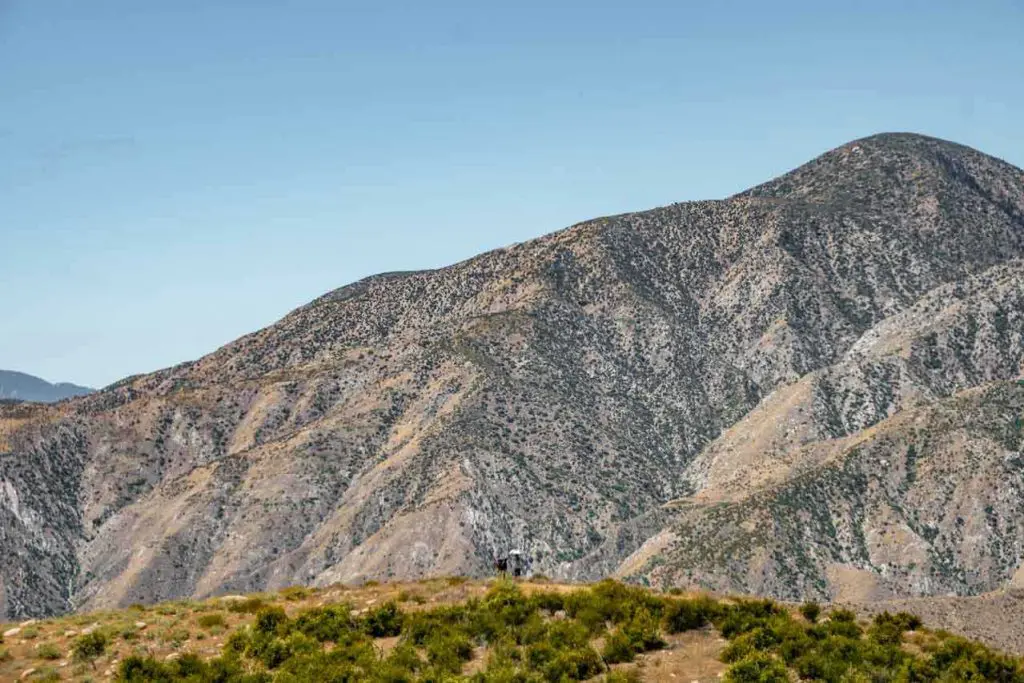

Where will you need an umbrella?
So where will you need an umbrella on the Pacific Crest Trail? Honestly, probably nowhere. But if you want to bring an umbrella with you on the PCT, don’t let me stop you. You can always send it home (and then write me an email to let me know that I was right).
If you are committed to hiking with an umbrella, here are the places where you’ll probably end up using it.
- North of Fuller Ridge (San Jacinto/Idyllwild) until climbing up into Big Bear north of Whitewater Preserve (~20 mi / 32 km of trail)
- Descending to and climbing up from Cajon Pass (~10 mi / 16 km)
- Walking through Agua Dulce (~5 mi / 8 km)
- From Highway 138 (Hikertown/Wee Vill Market) until Highway 58 (Tehachapi/Mojave); aka “The Aqueduct” or California Section E (~50 mi / 80.5 km)
- From Highway 58 until Walker Pass; aka California Section F (~95 mi / 153 km)
If you’re paying attention, you’ve noticed that the final two bullet points are both the longest and are one after another. If you’re going to bring an umbrella for one section of the PCT, I suggest it be this one – from Highway 138 (Hikertown/Wee Vill Market) until Walker Pass (Lake Isabella/Onyx/Kernville/Ridgecrest). Not only is this section nearly 150 mi / 240 km of exposed terrain, but there are also a number of long water carries in this section of trail.


Umbrellas for the Pacific Crest Trail
The umbrellas hikers use on the Pacific Crest Trail are not the same kinds of umbrellas you would buy to shield yourself from falling water, ice, or snow.
Umbrellas on the PCT are (typically) designed specifically with the sun in mind. That said, all umbrellas that will protect you from the sun, will protect you from the rain, but not all umbrellas that will protect you from the rain will protect you from the sun – got it?
Here are some of the most common umbrellas you’ll see out on the trail.
Six Moon Designs Silver Shadow

- Weight: 6.8 oz / 193 g
- Open Width: 37 in / 94 cm
- Shaft Length: 23.5 in / 60 cm
- Length (Closed): 25 in / 63.5 cm
- Collapsable: No
- Cost: $40
Montbell Sun Block

- Weight: 6.8 oz / 193 g
- Open Width: 38.6 in / 98cm
- Shaft Length: 20.9 in / 53 cm
- Length (Closed): 9.8 in / 25 cm
- Collapsable: Yes
- Cost: $45
Gossamer Gear Liteflex
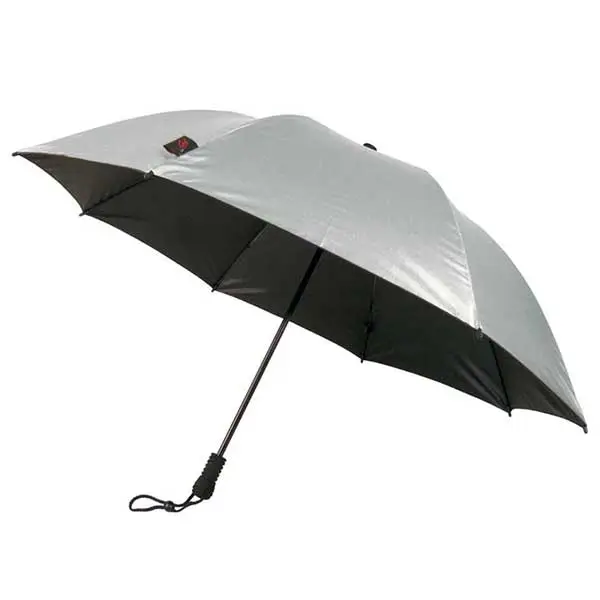
- Weight: 8 oz / 227 g
- Open Width: N/A
- Shaft Length: N/A
- Length (Closed): 25.2 in / 64 cm
- Collapsable: No
- Cost: $39
Wrap Up
Conditions on the Pacific Crest Trail can vary wildly from year to year. I’ve hiked the desert twice (thus far) – once in intense dry heat, and another time with rain (and sometimes snow) on a near-daily basis.
Depending on your experience, your comfort with the heat, the time of year, and (probably) a bunch of other factors, you may or may not decide to bring an umbrella. Personally, I wouldn’t; I generally hike in a lightweight hoodie to help shield from the sun. But if I was going to use one anywhere, it would be from Highway 138 to Walker Pass.
Want to find out for yourself? That’s cool, too. Bring an umbrella and then send it home (or ahead to Hikertown or Wee Vill market on Highway 138) if you decide it’s not worth the hassle. Remember that it can be incredibly windy in the desert as well which can make using an umbrella difficult or even impossible at times (especially if you’re going hands-free).
What do you think about umbrellas on the PCT or more generally as a hiking accessory? Cool? Lame? Necessary? Useless? Leave a comment below and let me know.

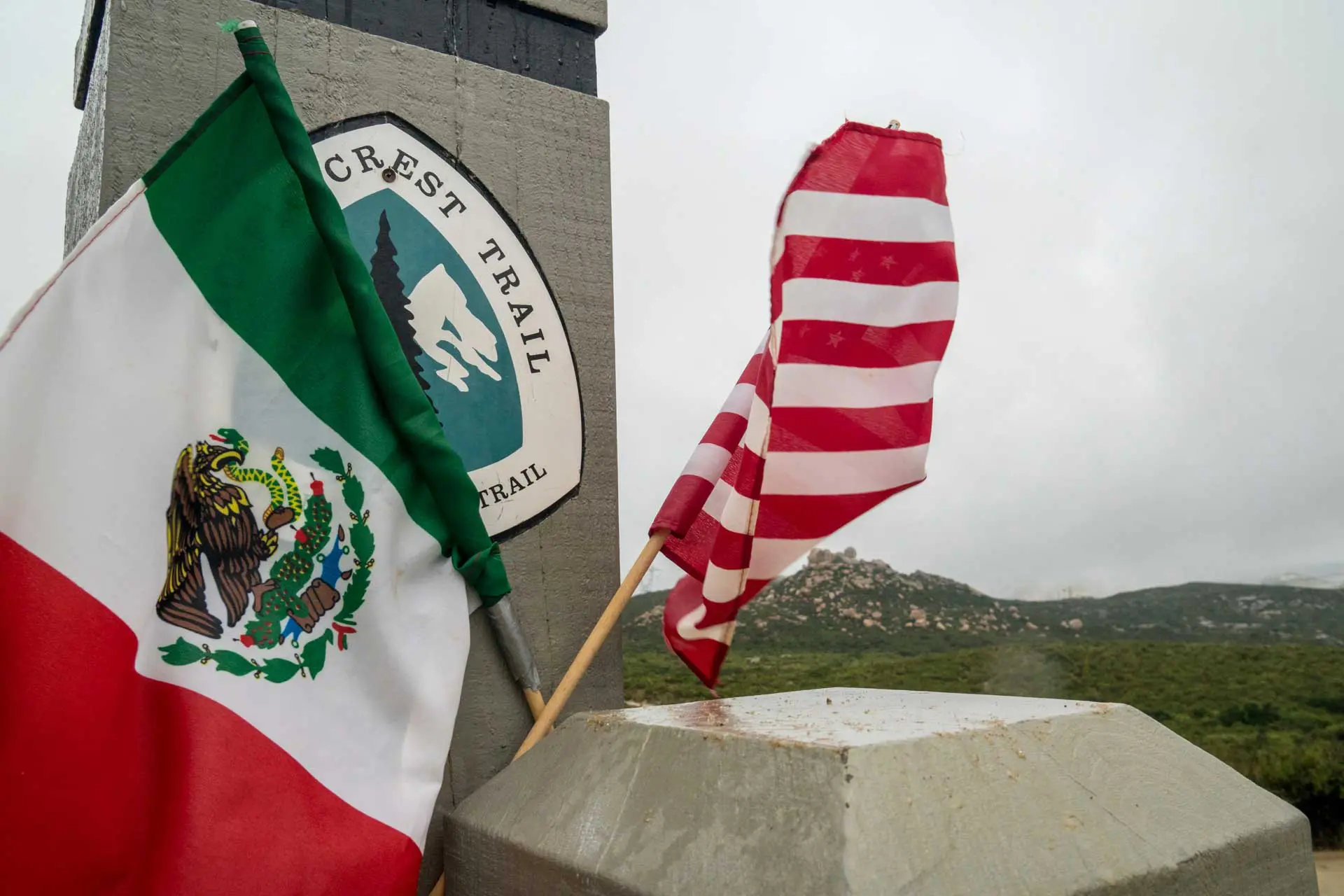
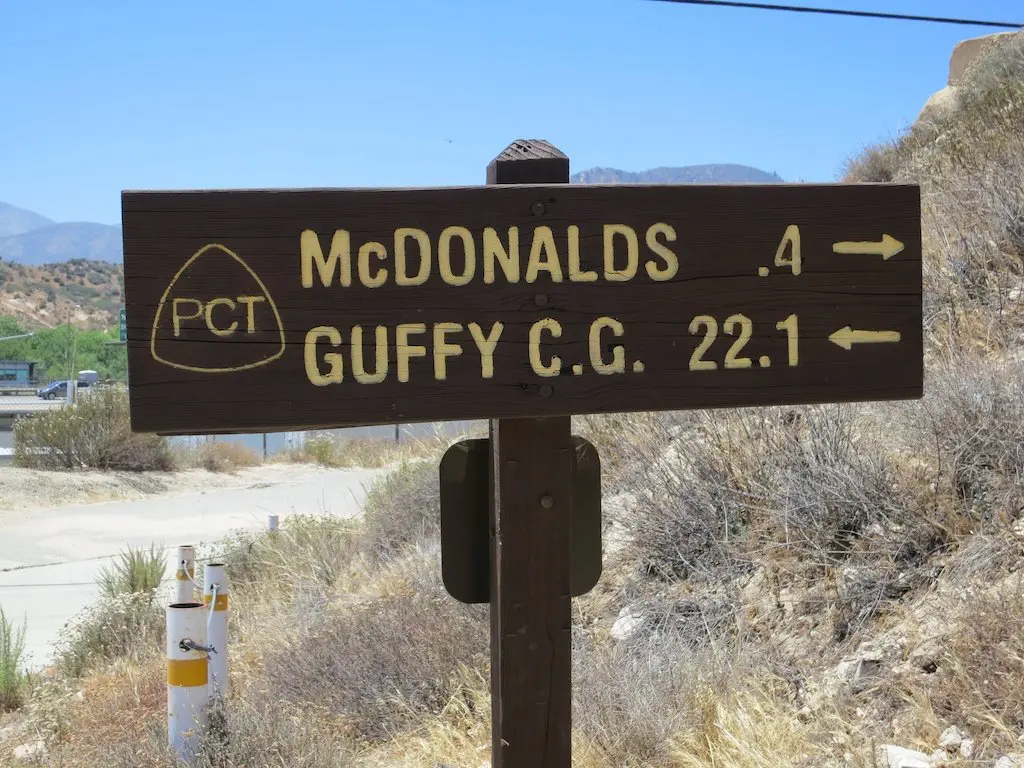
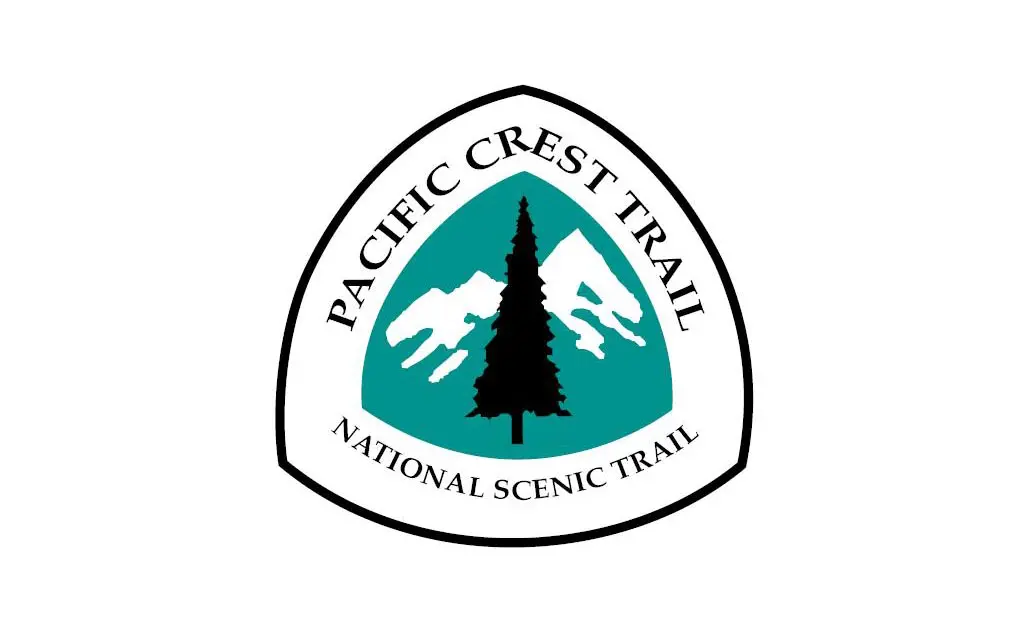


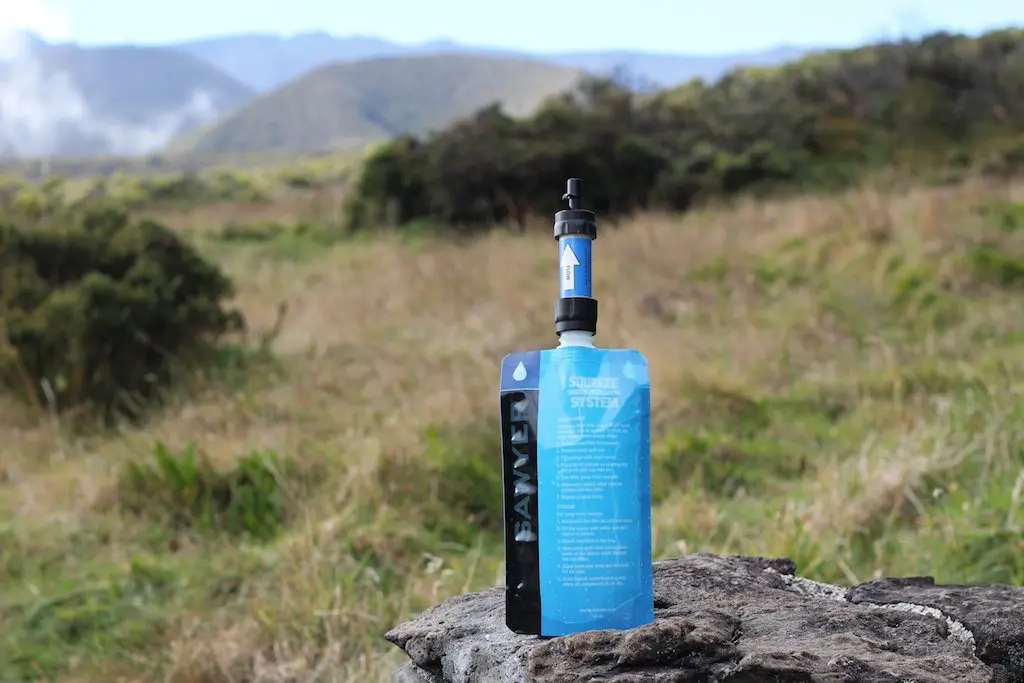
Hello,
Would you still not recommend an umbrella to the strange hikers, those who choose to hike in the middle of summer?
If you’re hiking the desert section of the PCT during the summer, then you aren’t a thru-hiker. And if you are a thru-hiker in the desert in the middle of summer, you probably know exactly what you’re doing (since you’ll have to move fast to make it to Canada).
My trail name is Arrakis because I cover up from the sun like I’m on the planet Dune…skin cancer is everywhere in my family and I’m just trying to delay it as long as I can. For me these umbrellas make a big difference in my comfort on the trail both with heat and sun. They can be part of an ultralight sleep setup too, which is nice for getting dual-use out of everything in your pack. I’ve only section hiked the PCT and CDT so far, but I spend a lot of time at altitude and Great Sand Dunes NP and do recommend trying one. I’ve enjoyed it for rainy warm weather hikes too, I wouldn’t trust an everyday frontcountry umbrella for that. Everyone mails home their ice axe, why not their umbrella too?
Good to hear your perspective on this! An umbrella can definitely be useful on the trail – and can be quite adaptable as well. I wrote this more as a guide for people who are new to thru-hiking and aren’t cemented in their gear list yet who may think that “everyone on the PCT carries an umbrella”. Certainly good for some people, but also not a blanket recommendation for everyone.
I like the umbrella with Sun Precautions clothing out on the trail. I think it really cuts down on dehydration too. I use the Six Moons brand and use it handsfree as I bang along the trail. Cheers.
I’ve been a fan of hiking with my lightweight hoodie thus far, but an umbrella has been handy every now and then.
Although I agree that I didn’t NEED an umbrella, I did carry one through the desert section in 2018, and I’m glad I had it. I mailed it home from Kennedy Meadows (Grumpy Bear’s). As you wrote, it was often too windy to use the umbrella. One unexpected gust broke one of the spines, but it still worked well enough for its purpose. Although I rigged it up a couple of times so that I could walk hands free, most of the time I had to carry it so that I could collapse it quickly if the wind picked up. Over the years, I have found myself to be particularly sensitive to heat. It slows me down more than it should. Oh, and I had a mid-May start date.
It can definitely be worth having at points, but as you said, the wind in the most exposed parts of the desert can oftentimes render an umbrella useless. And, like you did, you can always send one home if you end up not using/needing it.